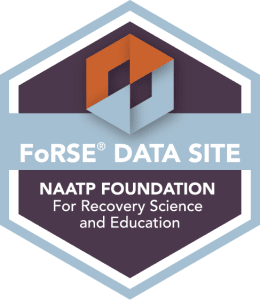

When investigators reviewed a sudden increase of deaths in 2014 which appeared to be caused by heroin, they subsequently discovered through lab tests that fentanyl was present in majority of the cases.
Most recent fentanyl related deaths have occurred in the Northwest (an emerging “hub”), Mid-Atlantic and Appalachia, where it is frequently used to cut heroin (the intense heroin/fentanyl mix is known in Mexican cartel circles as “El Diablito” – the little devil).
But it is also starting to creep into the Midwest. Fentanyl drug confiscations have been most concentrated in 10 states: Ohio, followed by Massachusetts, Pennsylvania, Maryland, New Jersey, Kentucky, Virginia, Florida, New Hampshire and Indiana. And forensic laboratories report a jump of 4,585 seizures, up from 618 in 2012.
The source of the drug is primarily illegal manufacturers in China and Mexico, with some pharmaceutical or “pure grade” drugs coming from faked or “off label” prescriptions and diversions from medical facilities.
Alarmingly, when an influx of the drug becomes available, it almost immediately hits the streets. And the lethal strength of the product – and even news of local overdoses – when it is mixed with heroin only seems to prime the market on the street, exciting users who are looking for a cheap, intense high that they may have never seen before and are willing to risk their lives to taste.
And fentanyl is increasingly being seen as a drug of abuse on its own, with disastrous consequences. In 2013, Massachusetts state police crime lab found only 6 cases that pure fentanyl was involved; by 2015, the number had grown to 425. Similarly, in New Hampshire, fentanyl related deaths rose to 158 cases last year, while heroin killed 32.
So what can be done to quell the onslaught of fentanyl abuse, overdoses, and deaths? No matter your views on drug policy, it seems that enforcement to cut down on illegal trafficking of such a lethal drug has to be part of a multi-faceted approach. But addicts and users drive demand, which the black market typically finds a way to meet.
So, while law enforcement is trying to reduce the availability of drugs, education and treatment is really the “front line” defense. Only when opiate users and people experimenting with substances fully understand the risks and consequences of seeking drugs that in just one shot can end their lives, and can with time, professional help, and intention try to find peace and joy in a longer term spiritual package can we count ourselves out of the woods.
Contact
31 S. Braddock Street
Winchester, VA 22601
Phone: 540-535-1111
Fax: 540-450-1205
admissions@bridgingthegaps.com
Addictions
Modalities


